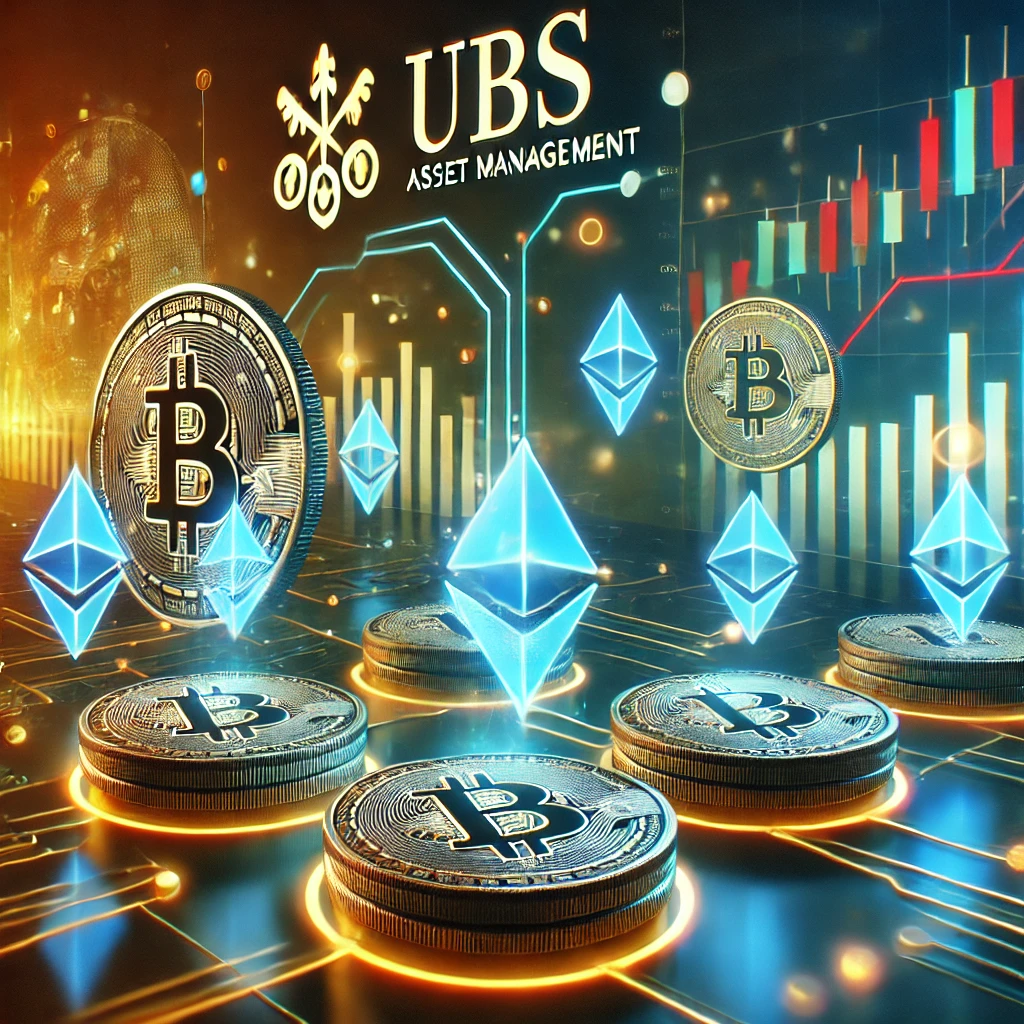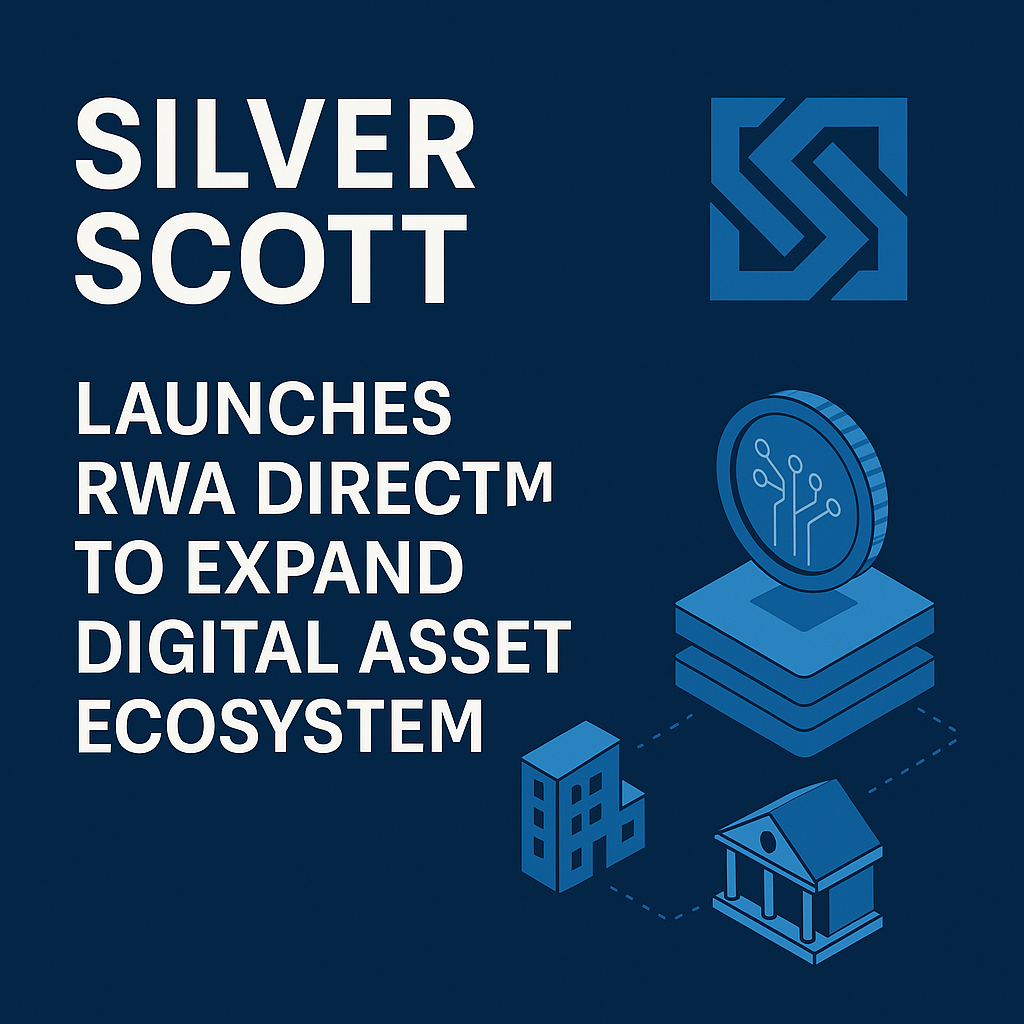The financial landscape is undergoing a significant transformation as real-world assets (RWAs) are increasingly being tokenized and moved onto blockchain platforms. This shift is exemplified by UBS Asset Management’s recent pilot of a tokenized money market fund, facilitating redemptions and subscriptions via blockchain technology. This development signals a broader move to bring RWAs onto digital ledgers, offering enhanced liquidity, transparency, and accessibility.
UBS’s Foray into Tokenized Funds
In November 2024, UBS Asset Management launched the “UBS USD Money Market Investment Fund Token” (uMINT), a money market investment built on Ethereum’s distributed ledger technology. This initiative allows tokenholders to access institutional-grade cash management solutions underpinned by high-quality money market instruments within a conservative, risk-managed framework.
Thomas Kaegi, Co-Head of UBS Asset Management APAC, noted, “We have seen growing investor appetite for tokenized financial assets across asset classes. Through leveraging our global capabilities and collaborating with peers and regulators, we can now provide clients with an innovative solution.”
The Rise of Real-World Asset Tokenization
Tokenization involves converting ownership rights in a physical or digital asset into a digital token on a blockchain. This process enables fractional ownership, increased liquidity, and broader accessibility to assets that were traditionally illiquid or difficult to divide, such as real estate, art, and commodities.
According to a report by Boston Consulting Group, the tokenization of RWAs is set to transform asset management, potentially reaching $600 billion in assets under management by 2030.
Benefits of Tokenizing Real-World Assets
- Enhanced Liquidity: Tokenization allows for fractional ownership, enabling investors to buy and sell portions of an asset, thereby increasing liquidity.
- Greater Accessibility: By lowering the investment threshold, tokenization democratizes access to high-value assets, allowing a broader range of investors to participate.
- Improved Transparency: Blockchain’s immutable ledger provides a transparent record of transactions, enhancing trust and reducing the risk of fraud.
- Operational Efficiency: Automating processes through smart contracts reduces the need for intermediaries, leading to faster transactions and lower costs.
Challenges and Considerations
Despite its potential, the adoption of asset tokenization faces challenges, including regulatory uncertainties, technological complexities, and the need for standardized frameworks. Additionally, ensuring the security of digital tokens and protecting against fraud are critical concerns that must be addressed to foster trust and widespread acceptance.
The Future of Asset Tokenization
As financial institutions like UBS continue to explore and implement tokenization strategies, the integration of RWAs onto blockchain platforms is expected to accelerate. This evolution holds the promise of a more inclusive and efficient financial ecosystem, where assets are more accessible, transactions are streamlined, and markets operate with greater transparency.
In conclusion, the movement of real-world assets onto blockchain through tokenization represents a significant advancement in the financial industry. While challenges remain, the potential benefits of increased liquidity, accessibility, and efficiency make it a compelling development to watch in the coming years.
Note: This article is for informational purposes only and does not constitute financial advice. Investors should conduct their own research or consult with a financial advisor before making investment decisions.




